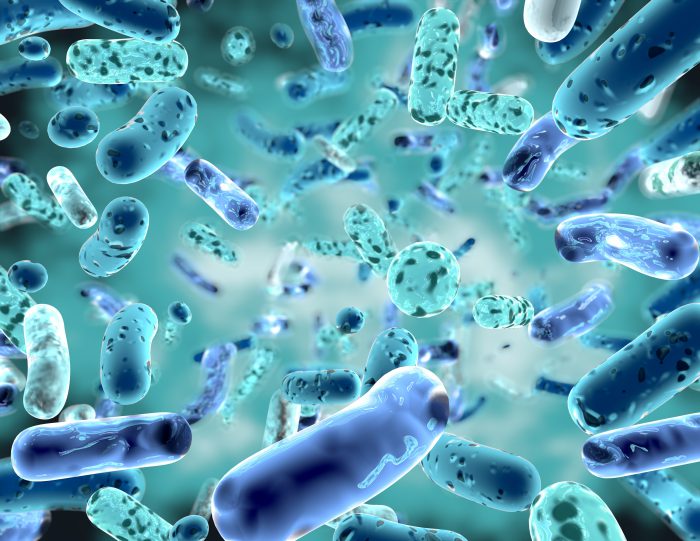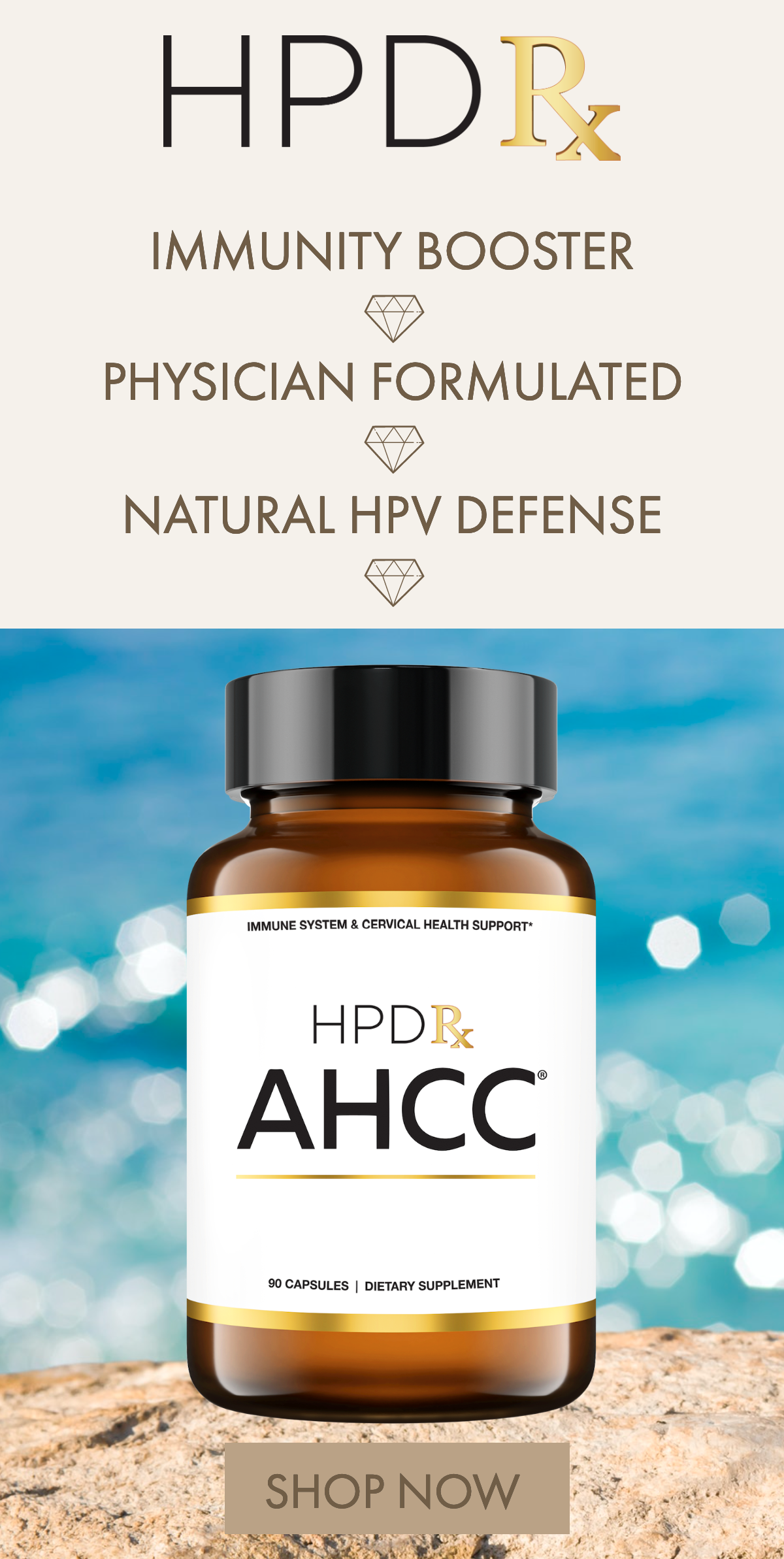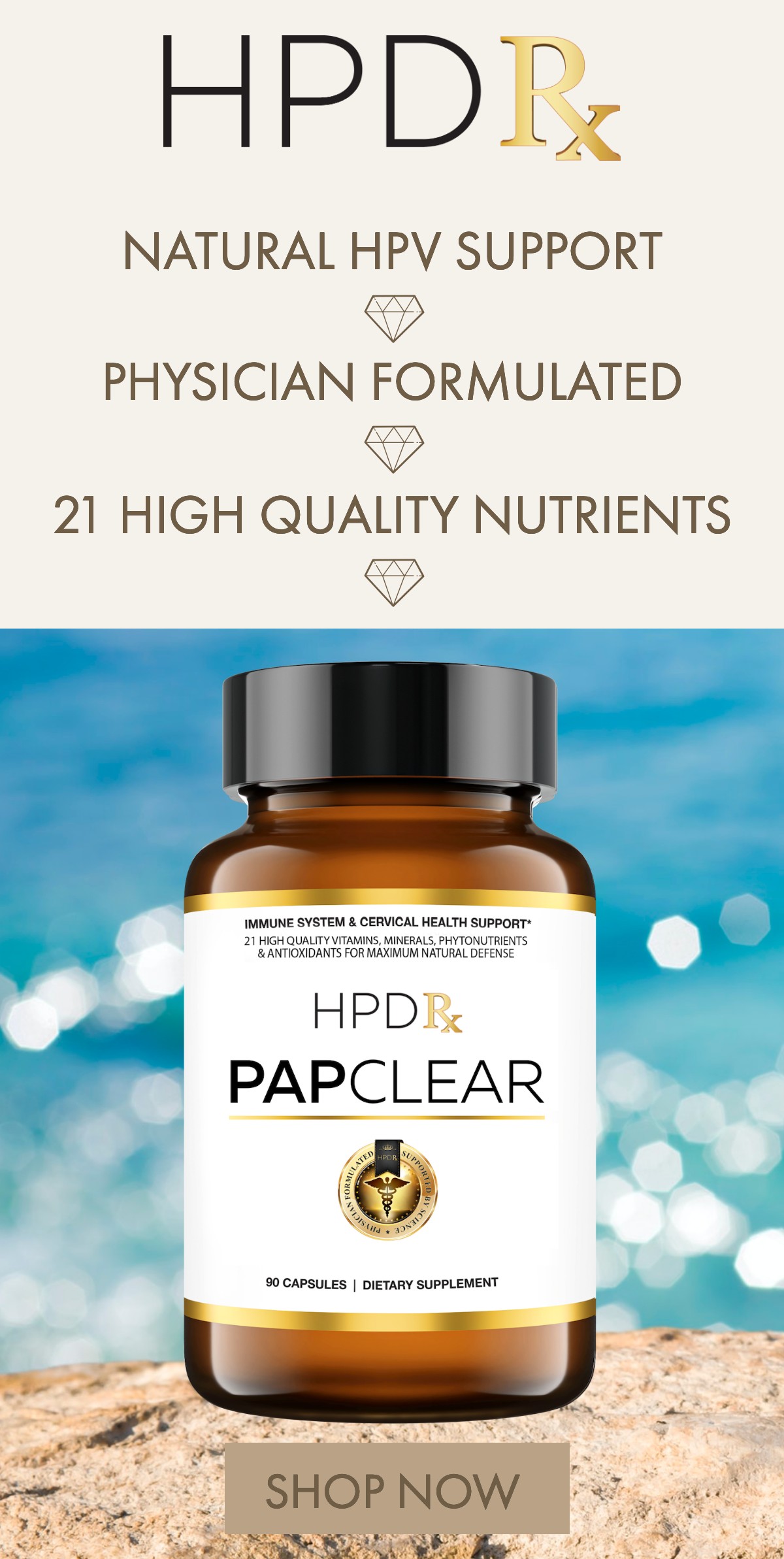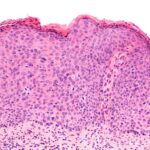
The human papilloma virus (HPV) is the most common sexually transmitted infection in the U.S. Unfortunately, women are disproportionally affected by HPV. Not only is the risk of acquiring the infection extremely high (by age 50, 4 out of every 5 women will be infected at one point in their lives), but high-risk strains of the virus are also the cause of most cervical cancers.
Fortunately, HPV infections usually don’t cause any health problems. In fact, 9 out of 10 cases suppress spontaneously within two years through a natural immune response that’s not yet completely understood. However, the remaining cases can persist, potentially developing into genital warts or precancerous lesions.
Researchers are looking into ways to boost the body’s immune response to help more people suppress HPV naturally. One of the most promising areas of study in recent years has focused on probiotics.
Limitations in HPV Prevention
It wasn’t until the 1980s that the link between cervical cancer and HPV was made by German virologist Harald zur Hausen, who would go on to win a Nobel Prize for his work in 2008. In the years following his discovery, Pap smear screenings and the HPV vaccines helped to decrease the rates of cervical cancer. However, there are limitations to these preventative measures.
Vaccine accessibility also needs to improve, especially in developing countries.
Furthermore, there is no standard of care for HPV infection, including for patients with low-grade cervical lesions. In the absence of a drug or other measure to treat HPV infections, there’s been an increased interest in finding ways to help the body clear the virus.
Looking to Vaginal Microbiota for Answers
The vaginal microbiome may hold some answers as to why the body is able to clear most HPV infections on its own. Also known as vaginal flora or vaginal microbiota, this microbiome is composed of bacterial cells.
The microbiome is closely linked with female reproductive tract health. When the system is in a healthy or “balanced” state, it’s dominated by good bacteria like Lactobacillus crispatus, Lactobacillus gasseri and Lactobacillus jensenii. When it’s out of balance, however, the risk of certain urogenital conditions(like urinary tract infections, yeast infections, bacterial vaginosis (BV), and sexually transmitted infections) can increase.
A number of factors can influence an individual’s vaginal microbiome, including:
- Birth control: Oral contraceptives and intrauterine devices (IUDs) that contain estrogen and/or progesterone appear to help boost the strength of the vaginal microbiome.
- Sex: Recent vaginal intercourse can affect the levels of bacteria in an individual’s microbiome.
- Douching: Vaginal douching can weaken the vaginal microbiome, increasing the risk of infection.
- Smoking habits: Smoking cigarettes is linked to negative effects on the vaginal microbiome.
- Genetics: There are certain commonalities in bacteria levels among people of the same ethnicity.
When it comes to HPV, there is a significant amount of research that indicates a close relationship between vaginal microbiome health and the risk of HPV persistence. When there is a loss of beneficial bacteria in the microbiome, a number of things are more likely to occur:
- Increased risk of acquiring an infection
- Higher levels of replication and shedding of viral particles
- Decrease in production of protective cervical mucus
- Increase in inflammation
Each of these factors can help drive infection, thereby making it easier for HPV to persist and harder for the body to clear it naturally.
The Power of Probiotics
This leads to the question: How can we fortify the vaginal microbiome? Probiotics are being studied for their potential to help clear HPV. Using probiotic strains for HPV clearance can have the following benefits:
- Creating an acidic environment, which may help to prevent HPV infections by discouraging pathogen growth
- Enhancing the body’s defense against viral infections by boosting innate and adaptive immunity
- Developing an antiviral effect through the secretion of specific metabolites
For example, in one recent study, researchers discovered that replenishing a depleted pool of beneficial bacteria in the vaginal microbiome in women with abnormal cervical cells helped lead to better outcomes. This has led to probiotics being proposed as a potential interventional method to assist in HPV clearance.
The link between probiotics and HPV clearance has been found in a number of notable studies, including the following:
- 2019 randomized, double-blinded, placebo-controlled trial: In this trial, 121 women with genital HPV infection were given specific probiotic strains (Lactobacillus rhamnosus and Lactobacillus reuteri) in an oral capsule. While it did not have a notable effect on clearance, it appears to have significantly decreased the rates of mildly abnormal and unsatisfactory cervical smears.
- 2018 randomized trial: In 117 women affected by bacterial vaginosis or vaginitis with concomitant HPV-infections, researchers found that HPV clearance was higher with a treatment of metronidazole plus six months vaginal probiotics (Lactobacillus rhamnosus) implementation than that with only three months of probiotics use.
- 2013 randomized pilot study: Women with HPV and low-grade squamous intraepithelial lesions who took oral probiotics (Lactobacillus casei) for six months had a twice as high chance of clearance of an HPV-related cervical abnormality compared to the control group. Those who used probiotics also had higher HPV clearance rates, but the difference was not as significant.
Conclusion
According to much emerging evidence, it’s reasonable to suggest that the strength of the vaginal microbiome plays an important role in the acquisition and persistence of HPV infection and subsequent disease. A greater number of well-designed studies testing probiotic interventions are needed to confirm these hypotheses and propose potential treatment options. Despite the widespread use of screenings and vaccines and the highly reduced rates of cervical cancer, hundreds of thousands of women still die of this disease each year, so the need for increased research in this area is just as important as ever.
Sources
- Basic Information about HPV and Cancer: Centers for Disease Control and Prevention, 2021.
- Genital HPV Infection – Fact Sheet: Centers for Disease Control and Prevention, 2022.
- A 2-year prospective study of human papillomavirus persistence among women with a cytological diagnosis of atypical squamous cells of undetermined significance or low-grade squamous intraepithelial lesion: National Library of Medicine, 2007.
- HPV and Cancer: American Society of Clinical Oncology, 2020.
- Harald zur Hausen – Facts: The Nobel Prize, 2022.
- Clearance of human papillomavirus infection in patients with cervical intraepithelial neoplasia: A systemic review and meta-analysis: National Library of Medicine, 2020.
- Vaginal microbiome of reproductive-age women: National Library of Medicine, 2011.
- The vaginal microbiota, human papillomavirus infection and cervical intraepithelial neoplasia: what do we know and where are we going next?: National Institutes of Health, 2011.








